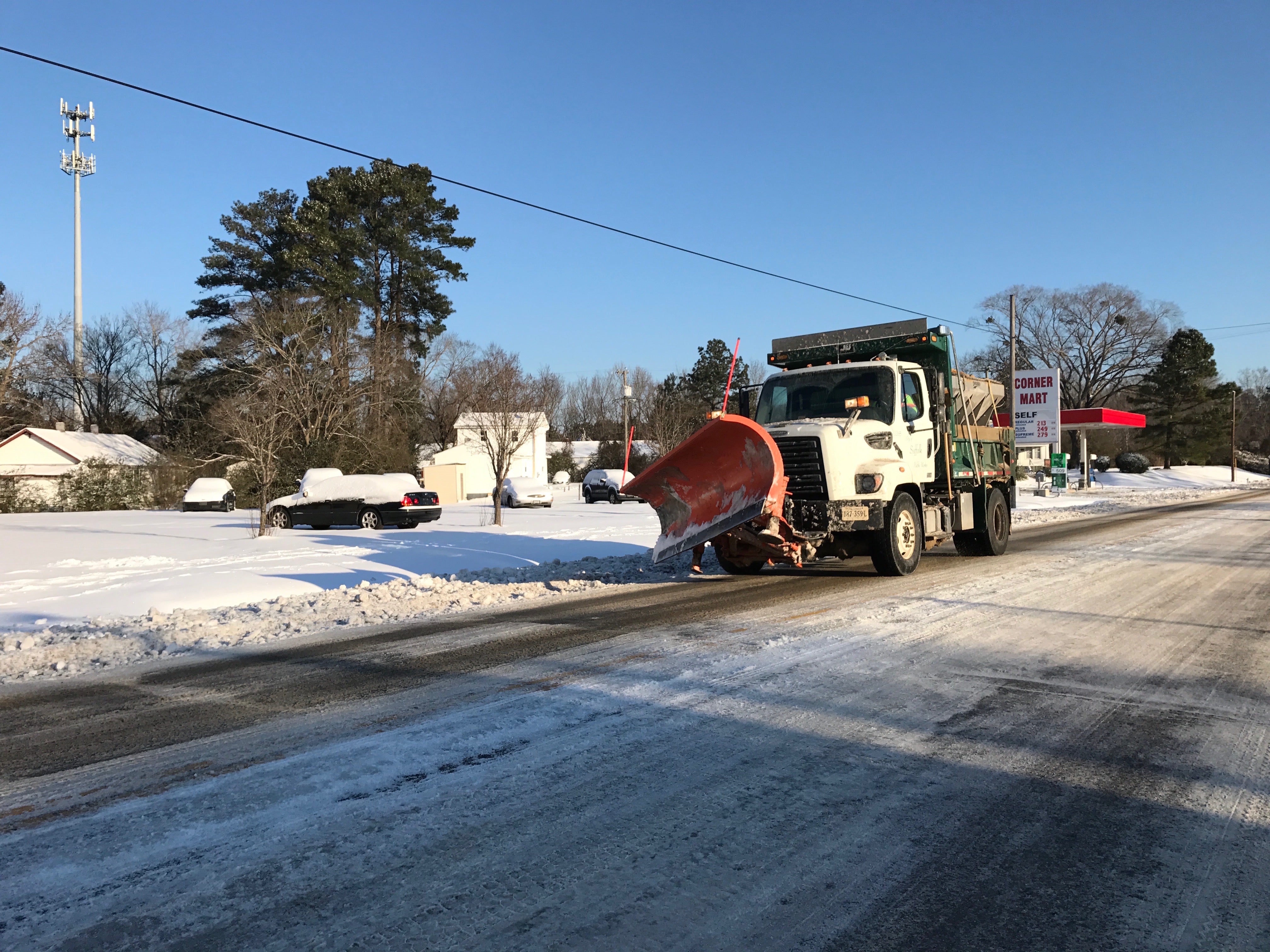City’s new canine unit struts its stuff
Published 12:00 am Tuesday, July 20, 2004
Suffolk News-Herald
Would you believe that some of the most proficient &uot;officers&uot; in the Suffolk Police Department never use weapons (other than those they were born with), can’t walk upright and don’t speak or understand more than a few words of English?
Well, that’s because they’re dogs. And one of the best things about working with his german shepard pals Xanto, Otto and Falco, says master officer Lance Callis, is that the four-leggers don’t see their jobs as work.
&uot;It’s all playtime for them,&uot; said Callis, performing a demonstration with some of his fellow officers, both human and canine, behind the Kids Zone playground Saturday afternoon. &uot;Their intensity is incredible. When they’re in the car, they start turning circles as soon as they hear the siren and see the blue lights. They get really amped up.&uot;
When a human walks into a flower store, Callis explained, &uot;we would smell the flowers. But when a dog walks in, he can smell every single flower, the salesgirl’s perfume, everything.&uot; That’s why it’s so easy for dogs to hunt down (or perhaps sniff down) drugs, guns, and criminals.
&uot;Dogs are trained to smell marijuana, cocaine, heroin, crystal meth, ecstasy, and all the derivatives from the drugs,&uot; he said. &uot;If a dog smells hash, he’ll go right to it.&uot; Xanto proved him right, finding meth in the door of a car, marijuana in a locker, and cocaine behind a van license plate (all of Suffolk’s police dogs are certified by the International Police Workdog Association).
Dogs are also trained with article searches. For example, an officer will introduce a dog to the scent of car keys, then toss the keys into the middle of the field, where the dog should find them quickly. That can come in handy when a canine is pursuing a suspect; should the crook toss a gun nearby, the dog will pick up the new scent. If the criminal manages to sneak out of view, the canine will be able to distinguish his or her new scent, and find the offender.
If a dog does catch up to its newfound prey, however, the results might get ugly. That’s why they need to know who to go at and who to leave alone. Callis played the criminal in a few demonstrations, showing what a dog should do if a lawbreaker gets aggressive (i.e., charge forward and attach his jaws to the offender’s arm). Before the exhibition, besides a huge brace on his arm, Callis hid his uniform with a dark jacket.
&uot;We keep ourselves covered so the dogs don’t get accustomed to biting the officers,&uot; he said. &uot;We want to make sure he doesn’t tag us at the scene.&uot;



